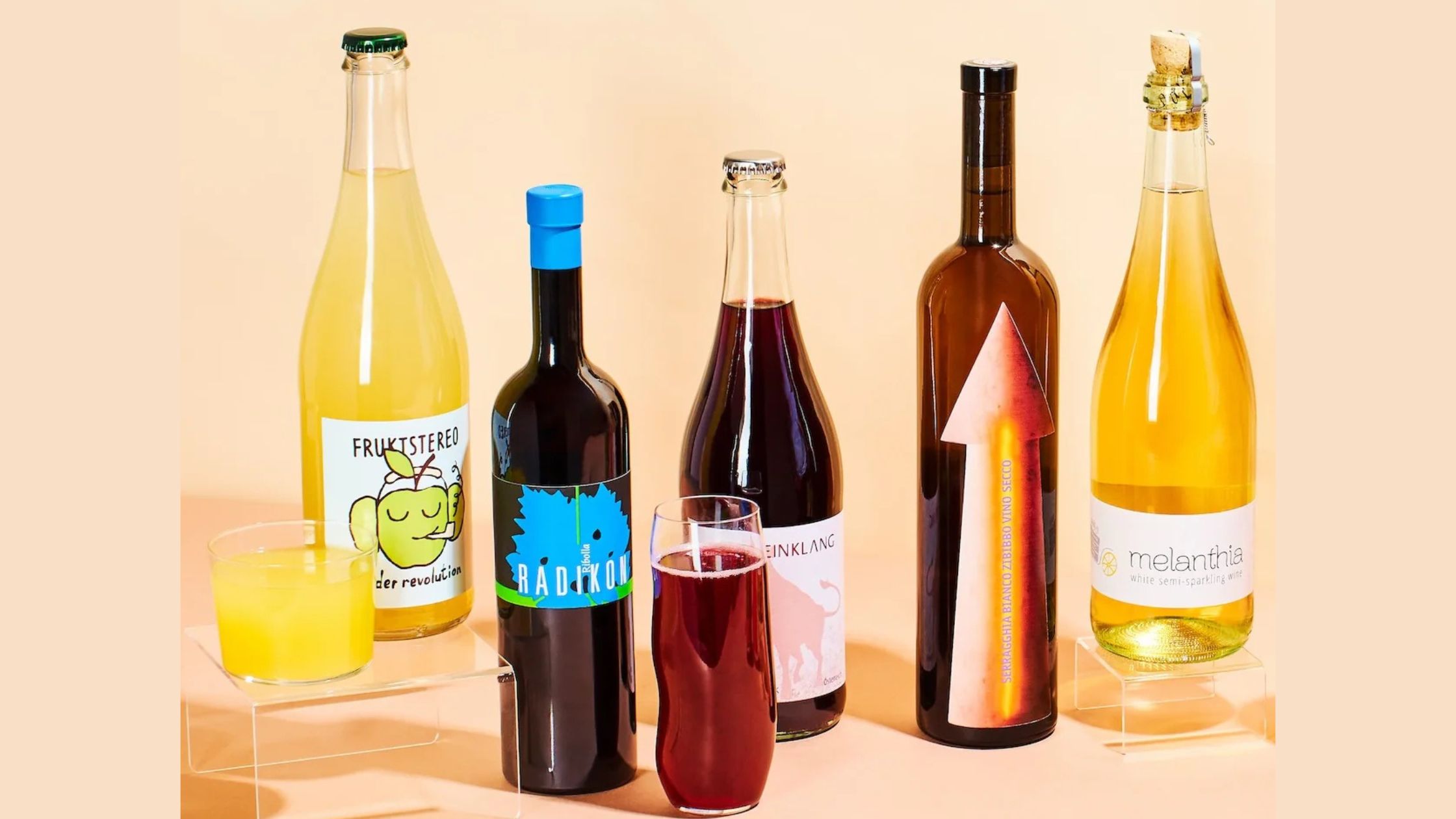History of Whisky: From Monastic Roots to Global Fame
2025-06-03


Nowhere has our wine culture been more lively. In the last 10 years, "natural wine" has shifted from a fringe buzzword whispered by the sommeliers and wine bars of the hip urban dinner hour, into a global marketing force changing how people think about what's actually going into their glass. Furthermore, while natural wine continues to expand, we have also moved into questions: What is a "natural" wine? How is it different from normal wine? And maybe most importantly, should you care?
In this article we will dive deeper into the distinction between natural and conventional wine. That means we are going to look at its background and practices ranging from farming and fermentation, to taste, shelf life, and finally what consumer-ship looks like. Whether you are a beginner who is curious, or a seasoned natural wine lover, realizing these differences helps assist with your wine selections—and perhaps find a new favorite label!

The phrase natural wine can seem ambiguous because there is no crucial global legal definition. In general, natural wine can be understood more broadly as a philosophy of minimal-intervention winemaking—making wine with the least amount of intervention as possible from vineyard to bottle.
The result? Wines that can be vibrant, rustic, funky, or thrillingly alive—challenging conventional notions of what wine “should” taste like.

Conventional wine refers to the standard, industrialized approach that dominates most of the global wine market. These wines are crafted with the goal of consistency, clarity, and mass appeal.
These wines dominate supermarkets and big brands, appealing to consumers who value accessibility, clarity, and consistency.
Understanding the two categories requires looking at how they diverge in each stage of production.
|
Stage |
Natural Wine |
Conventional Wine |
|
Farming |
Organic/biodynamic, no synthetic chemicals |
Chemical fertilizers, pesticides, herbicides |
|
Harvesting |
Hand-picked for careful selection |
Mechanized for efficiency |
|
Fermentation |
Wild yeasts, spontaneous fermentation |
Inoculated commercial yeast strains |
|
Additives |
Minimal to none, very low sulfites |
Multiple additives (sulfites, sugar, acid, fining agents) |
|
Filtering/Fining |
Rarely filtered, cloudy appearance |
Filtered and fined for clarity |
|
Shelf Life |
Shorter, less stable |
Longer, highly stable |
This divergence explains why natural wines often taste—and look—so different from their conventional counterparts.
Wine isn’t just about process, it’s about what ends up in your glass. Here’s how natural and conventional wines differ in sensory experience:
Also Read: The 5 Types of Scotch Whisky Explained: From Single Malt to Blended Grain
Natural wines bring undeniable excitement, but they also come with trade-offs.
The short answer: it depends on your taste and priorities.
For drinkers that enjoy adventure, individuality, and authenticity, natural wine can feel like a revelation. Each bottle has a sense of place: the soil, the weather, and the philosophy of the winemaker are what influence the taste of the wine, and it can often taste different than any other wine you may have tasted before.
Yet, for people who prefer consistency, clarity, and reliability, conventional wine often feels like the better option. A bottle of mass-market Chardonnay or Cabernet consistently tastes the same with consistent polish every time, allowing you, the drinker, to expect a consistent experience without surprises.
Ultimately, neither style is inherently “better.” They simply serve different audiences and occasions.
If you’re trying to decide which type of wine fits your lifestyle, here are some tips:
Know Your Palate
If you like craft beer, farmhouse ales, or funny ciders, you're probably a fan of the unexpected chaos of natural wine. If you enjoy nice cocktails or classic spirits, you'll likely enjoy conventional wine.Match to the Occasion
Natural wine can shine at small gatherings, tastings, or food-pairing adventures. Conventional wine works well for larger events, gifts, or when you want consistency across bottles.Be Open-Minded
Natural wine may surprise you, sometimes in delightful ways, sometimes in challenging ones. Approach it with curiosity, not rigid expectations.Ask Questions at Wine Shops
Independent retailers and sommeliers often carry a range of natural wines. Don’t hesitate to ask for recommendations based on your flavor preferences.When it comes to judging a wine's quality, the differences between natural and conventional go beyond the growing or fermentation style; they represent two different beliefs about what wine should be. Natural wines believe in expressing authenticity, terroir, and ecological responsibility, and conventional wines believe in consistency, clarity, and accessibility.
For today's consumers, the best thing you can do is explore. For example, you could try a cloudy, funky natural Gamay alongside a polished, conventional Merlot, and really think about the differences in how they taste and what you enjoy or appreciate more.
Wine is always about stories - of land, of people, of culture. By tasting natural wine and conventional wine, you broaden your sense of taste, but you can also deepen your understanding of the world in a glass.
Also Read: What’s the Best Mixer for Rum That Isn’t Just Cola?